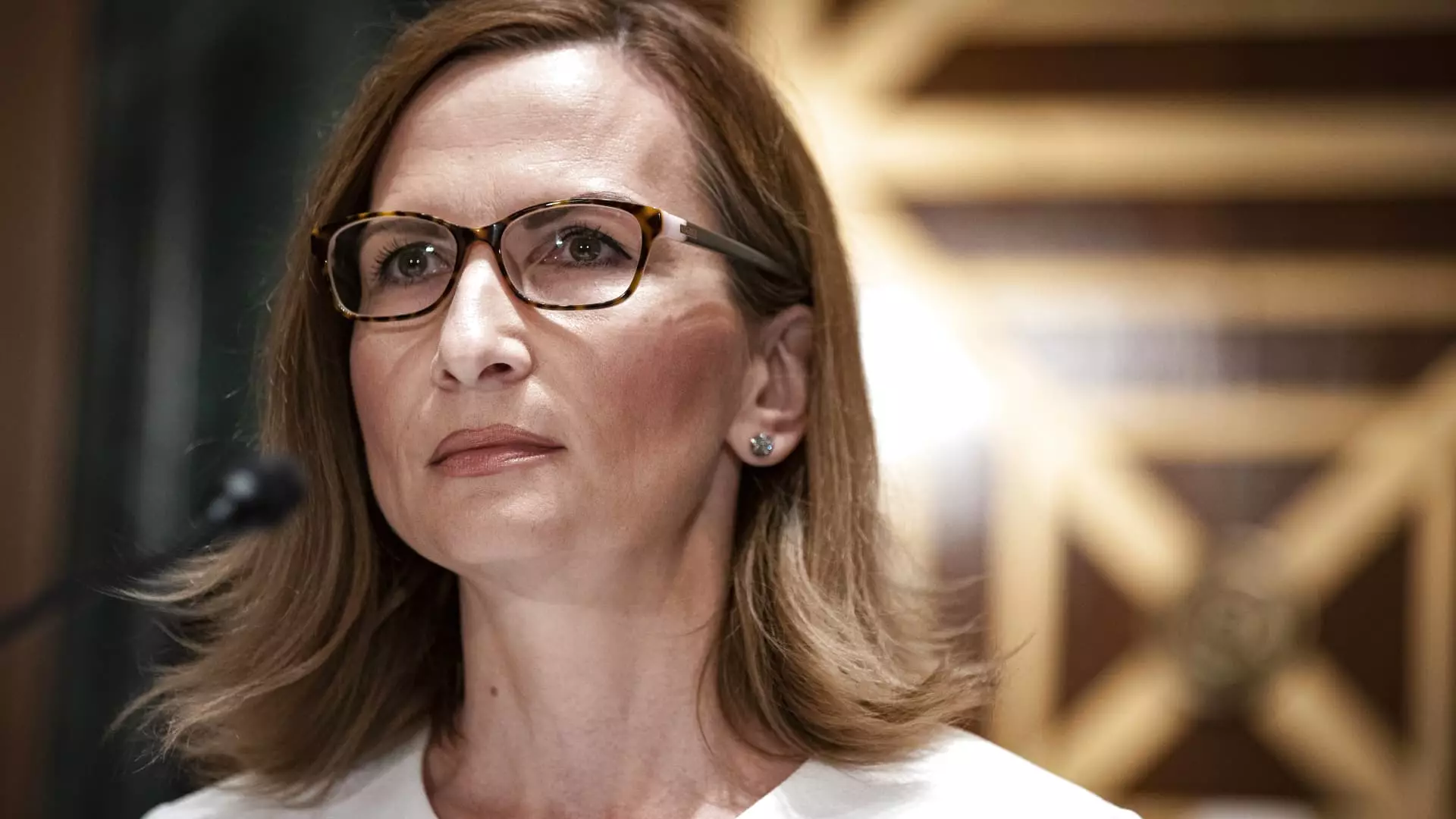In a shocking turn of events, the court-appointed trustee in the Synapse bankruptcy case has revealed an $85 million shortfall between what partner banks of fintech middleman Synapse are holding and what depositors are owed. This revelation has sent shockwaves through the fintech sector, marking it as one of the worst meltdowns since the 2008 financial crisis.
The missing funds have left more than 100,000 customers of various fintech companies locked out of their savings accounts. While Synapse and its partners have been pointing fingers at each other in court filings, accusing one another of improperly moving balances or keeping incorrect ledgers, the true extent of the problem remained unknown until the recent report by trustee Jelena McWilliams shed light on the situation.
McWilliams’ report highlighted the fact that Synapse apparently commingled funds among multiple institutions, using various banks to serve the same companies. This practice has made it incredibly difficult to trace the missing funds and determine where they may have gone. The source of the shortfall remains a mystery, with uncertainties surrounding whether end-user funds and negative balance accounts were moved among Partner Banks in a way that may have exacerbated the existing shortfalls.
Despite the challenges faced by McWilliams and her team, efforts are being made to reconcile the ledgers of the partner banks to allow customers to regain access to their funds. With the cooperation of Evolve Bank & Trust, American Bank, AMG National Trust, and Lineage Bank, progress is slowly being made. However, the lack of funds to pay external forensics firms or former Synapse employees has posed as a major obstacle in the reconciliation process.
McWilliams presented several options for Judge Martin Barash to consider at a recent hearing. These options included paying some customers out fully while delaying payments to others, spreading the shortfall evenly among all customers, or providing partial payments to all FBO customers. The goal is to alleviate the effects on end-users who are currently locked out of their funds while keeping a reserve for later payments.
During the hearing, Judge Barash expressed his concerns about the unprecedented nature of the case and the limitations of the bankruptcy court in resolving the crisis. He struggled with how he could provide assistance and what actions could be taken to help the affected depositors. The legal complexities surrounding the ownership of the depositors’ funds further complicated the situation, leaving the court in a state of uncertainty.
The Synapse bankruptcy scandal has exposed significant flaws in the fintech sector and raised questions about financial transparency and accountability. As the investigation continues and efforts are made to reconcile the missing funds, it is crucial for all parties involved to work together towards a resolution that prioritizes the interests of the affected customers. Only through collaboration and transparency can the industry regain trust and prevent similar crises in the future.


Leave a Reply